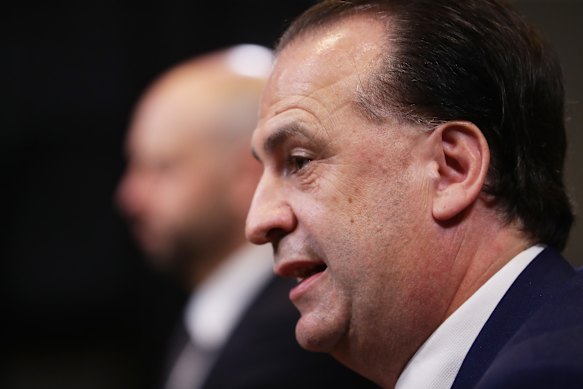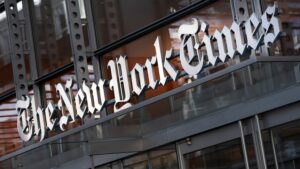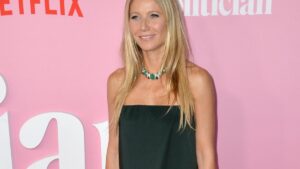
On Saturday, influential media executives will gather at Sydney’s Royal Randwick for the prestigious $20 million Everest race, hosted by Peter V’landys, the CEO of Racing NSW and Chair of the Australian Rugby League Commission (ARLC). This event highlights V’landys’ unique ability to attract attention from major media players, including representatives from News Corp, Nine Entertainment, Seven, and Foxtel.
The significance of this year’s race extends beyond the finish line as V’landys prepares to initiate discussions for the NRL’s next broadcast rights arrangement, set to commence in 2028. This marks a crucial moment as the National Rugby League (NRL) seeks to secure a lucrative deal, particularly following the $4.5 billion contract awarded to the Australian Football League (AFL) in 2022.
Challenges in Securing Funding
V’landys faces increasing pressure as the market for sports broadcasting rights shifts. The substantial financial backing that has historically fueled such deals is diminishing, especially from the gambling sector, which has been a significant contributor to sports funding. As the NRL prepares to court offers next month, the challenge lies in attracting competitive bids that can match the AFL’s record-breaking contract.
The ongoing discussions surrounding the NRL’s broadcast rights have been a long-term endeavor for V’landys. With a focus on maximizing value for the teams, sponsors, and fans, he has created a sense of urgency around the negotiations. The stakes are high, particularly for networks like Nine and Foxtel, for whom the absence of NRL content would be detrimental.
Building Competitive Tension
V’landys, often referred to as PVL, is not shy about expressing his ambitions. He has indicated that the minimum requirement for the NRL deal must at least match the AFL’s agreement. To enhance competitive tension, V’landys has suggested that major streaming platforms such as Netflix, Disney, and Amazon could be potential bidders for broadcasting rights, although these claims are yet to be substantiated.
This strategy of publicizing interest from high-profile companies aims to stimulate competitive offers from traditional broadcasters. As V’landys prepares to engage with media executives this weekend, the outcome of these negotiations will significantly impact the future of rugby league broadcasting in Australia.
As the pressure mounts, all eyes will be on the negotiations that follow the Everest race. The decisions made in the coming months will not only shape the financial landscape of the NRL but also reflect broader trends in the evolving relationship between sports and media.







